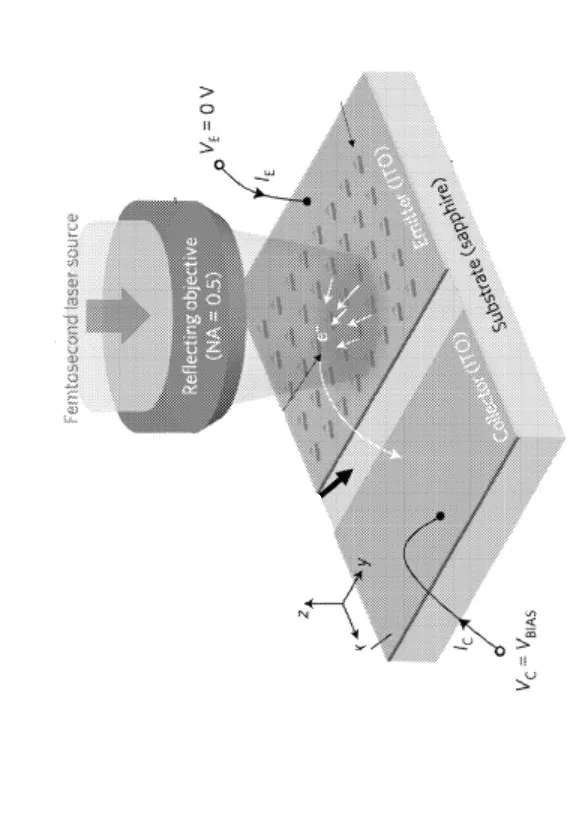Efficient Smith-Purcell Radiation Sources and Enhancement Methods
This light emitting technology improves upon the Smith-Purcell Effect by implementing a dielectric periodic structure. The light source shows promise in a range of Ultraviolet (UV), Extreme Ultraviolet (EUV), and soft X-ray applications, such as UV sterilization and forensics, EUV lithography, and soft X-ray tomography.
Researchers
-
apparatus and methods for generating and enhancing smithpurcell radiation
United States of America | Granted | 10,505,334
Figures
Technology
This wavelength-tunable light emission technology enhances the monochromatic and directional nature of Smith-Purcell radiation through a dielectric periodic structure. The electron source comprises of a laser that illuminates a gated field emitter array (FEA) with light pulses, propagating free electrons as a beam. The dielectric periodic structure, situated a few wavelengths away from the electron source, interacts with the free electron beam, inducing Smith-Purcell radiation. The periodic structure defines at least one light wave that gets emitted. The technology’s light emission wavelength can be specified between the visible and X-ray range by tuning the electron source’s energy within a range of 0.5 to 40 keV.
Problem Addressed
The Smith-Purcell Effect is a light emission method induced by free electrons coupled to the electromagnetic modes of a periodic structure that diffracts light into several wavelengths. The wavelength of radiation is dependent on the velocity of the free electrons and the geometry of the periodic structure. Smith-Purcell light sources typically use a metallic periodic structure and adjust emission wavelength through electron velocity. Unfortunately, the output of conventional light sources is too weak for realistic application due to a range of nanoscale technical issues, from phase mismatch between electrons and emitted photons to misalignment of the electron beam and the periodic structure.
Advantages
- Enhances monochromatic and directional nature of Smith-Purcell radiation through dielectric periodic structure
- Tunable emission wavelength between the visible and X-ray spectrum via FEA-based electron source
- Improves output strength, allowing for realistic applications in UV, EUV, and soft X-ray technologies
Publications
Roques-Carmes, C., et al. (2019). Towards integrated tunable all-silicon free-electron light sources. Nat Commun, 10, 3176. https://doi.org/10.1038/s41467-019-11070-7.
Massuda, A., et al. (2018). Smith–Purcell Radiation from Low-Energy Electrons. ACS Photonics, 5(9), 3513-3518. https://doi.org/10.1021/acsphotonics.8b00743.
Yang, Y., et al. (2018). Maximal spontaneous photon emission and energy loss from free electrons. Nature Physics, 14, 894–899. https://doi.org/10.1038/s41567-018-0180-2.
License this technology
Interested in this technology? Connect with our experienced licensing team to initiate the process.
Sign up for technology updates
Sign up now to receive the latest updates on cutting-edge technologies and innovations.

